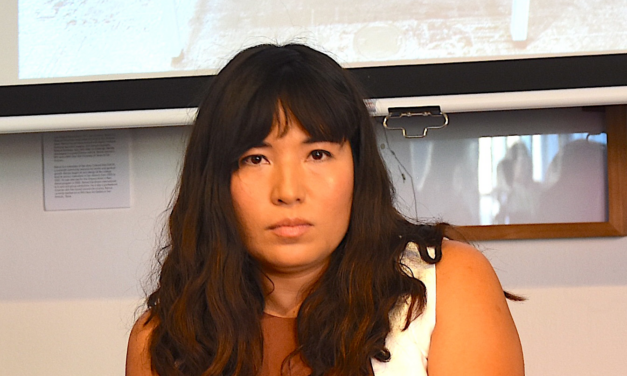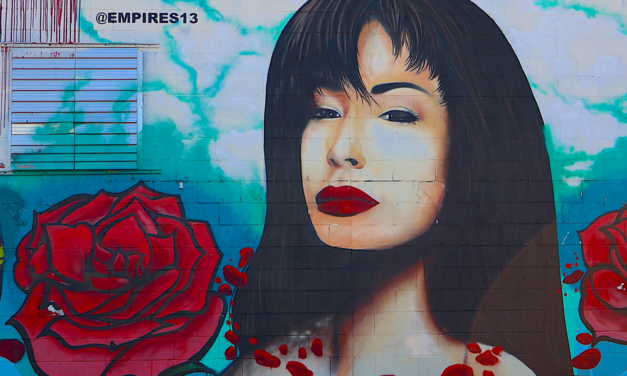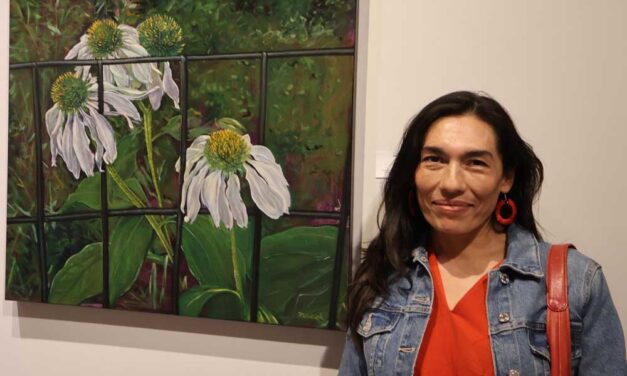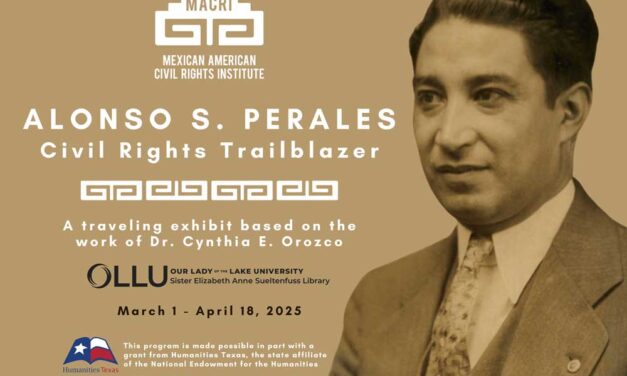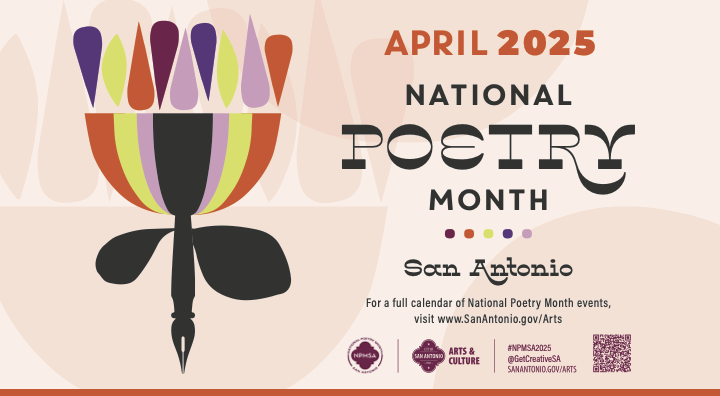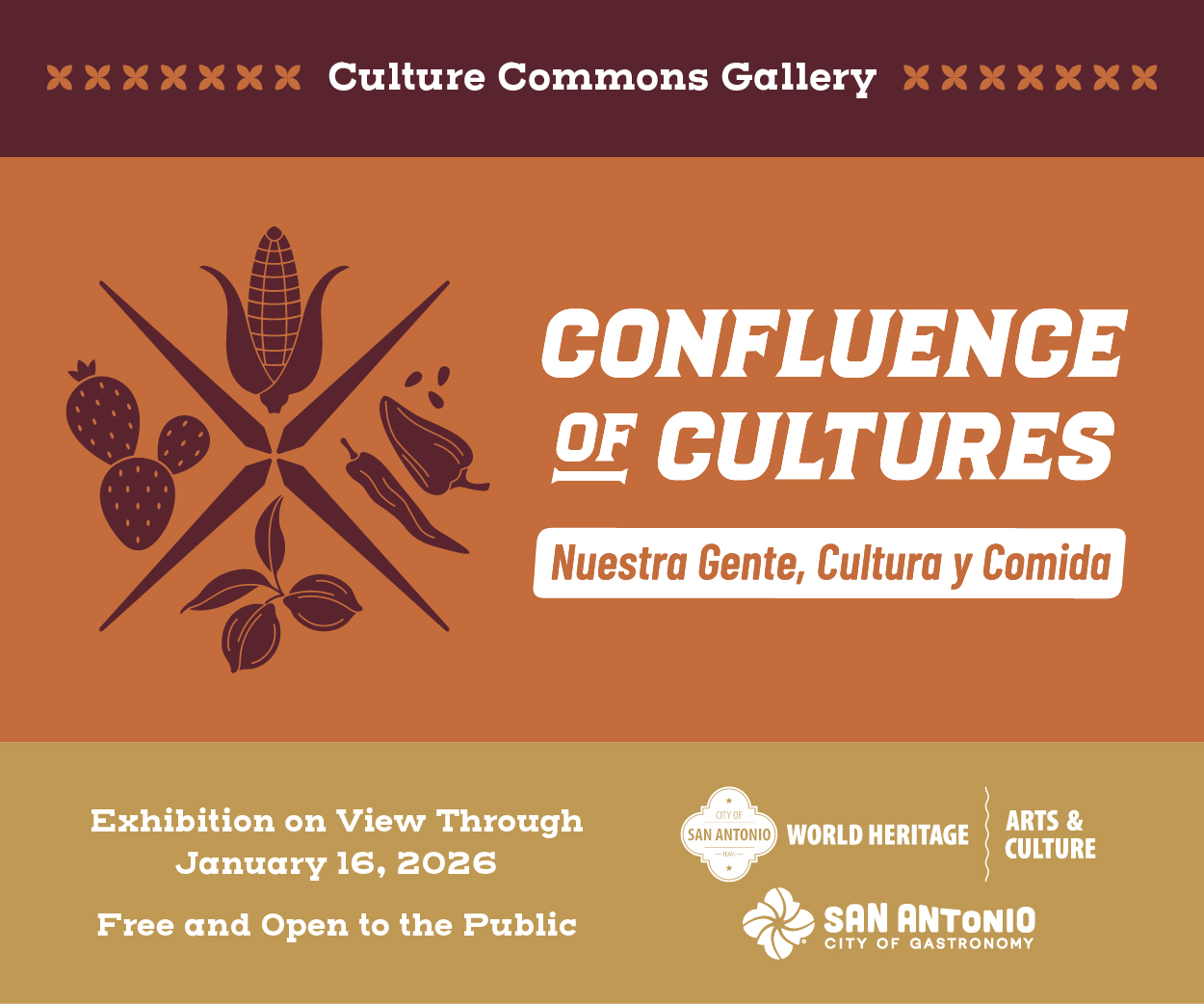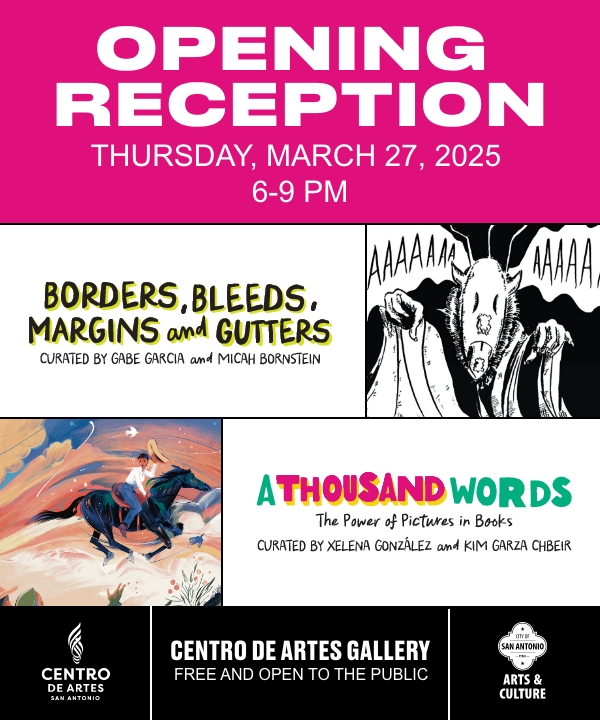Ulmaceae (Elm Family) Three species of hackberry grow in the South Texas Plains. Each produces an edible fruit and strong, flexible wood utilized by the native populations. The most widespread of these three species is the small desert hackberry (Celtis pallida Torr.), also known as granjeño or spiny hackberry . It is a common upland shrub, especially in the central section of the South Texas Plains, where it is codominant with mesquite.
The other two trees, sugarberry (Celtis laevigata Willd.) and netleaf hackberry (Celtis re- Each tree produces a slightly different fruit. The desert hackberry fruit is a small, fleshy drupe with a crunchy, calcareous stone (seed). They are bright orange, juicy, and tart, if you don’t mind the crunchy center. Both netleaf hackberry and sugarberry produce a reddish-to-black fruit with a smaller, mealy flesh wrapped around the calcareous stone. The sugarberry fruit is somewhat sweeter and fleshier than the netleaf hackberry. Hackberry fruits are rich in sugar and calcium. When pounded into a pulp, they can be easily dried or mixed with other foods. Desert hackberry fruit is quite nutritious, containing up to 20% crude protein, as well as phosphorus, and calcium (Everitt and Alaniz 1981). The hard and flexible wood of desert hackberry wood was utilized for various implements. The Seri made cradle boards from the wood. Hackberry wood was also favored for making bows (Felger and Moser 1991). The Navajo boiled leaves and branches of netleaf hackberry to make a reddish/brown dye for wool. The Tewa used hackberry wood for tool handles. The Papago fashioned sandals from the bark of hackberries (Castetter and Underhill 1935; Elmore 1944; Robbins et al. 1916).
Latina/o Artists Draw Inspiration from Central American and Mexican Mayan Communities
Facebook Twitter Google+ Gmail Print Friendly Like 0 A Spring 2025 Artpace Opening Reception &...
Read MoreSelena y Los Dinos at SXSW
Facebook Twitter Google+ Gmail Print Friendly Like 0 Selena Quintanilla was more than a musician;...
Read MoreLatina Lina González-Granados: A Music Prodigy Performs in San Antonio
Facebook Twitter Google+ Gmail Print Friendly Like 0 A front page Arts story in The New York Times...
Read MoreLatina Women’s Art at the Forefront at Mujeres de Aztlán Exhibition.
Facebook Twitter Google+ Gmail Print Friendly Like 0 The 16th Annual Mujeres de Aztlán Exhibition,...
Read MoreAlonso S. Perales Exhibit & Keynote Address by Author Cynthia E. Orozco, March 20th, 6pm at The Sueltenfuss Library, OLLU
Facebook Twitter Google+ Gmail Print Friendly Like 0 Courtesy of Karen Carr The Sister Elizabeth...
Read More

